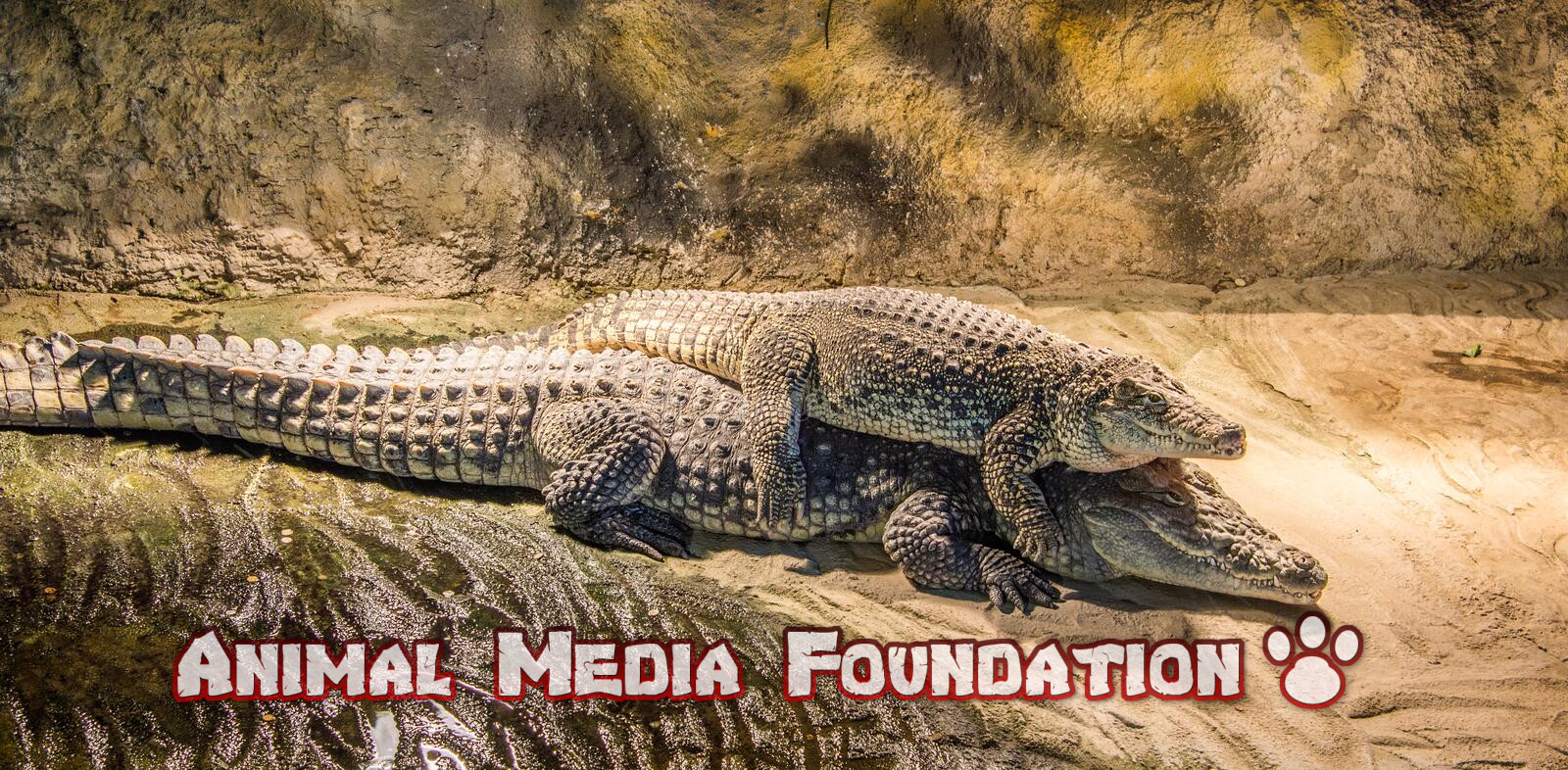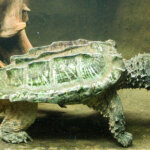7 Interesting Facts About Philippine Crocodile!
The Philippine crocodile (Crocodylus mindorensis) also called the Mindoro crocodile is a critically endangered species of crocodile in the family Crocodylidae. It is endemic to the island of Mindoro in the Philippines where it is now restricted to only a few remote locations. It was once widespread throughout Mindoro and other Philippine islands but has declined dramatically due to overhunting and habitat loss. The Philippine crocodile is among the most threatened crocodilian species in the world with an estimated wild population of only 250 individuals.
Philippine crocodile scientific name
The Philippine crocodile (Crocodylus mindorensis) is a freshwater crocodile endemic to the island of Mindoro in the Philippines. It is one of the most critically endangered crocodile species in the world with an estimated wild population of only 250 individuals. The Philippine crocodile is dark brown in color and has a relatively broad snout. Males can grow up to 3.5 m (11.5 ft) in length while females usually reach 2.5 m (8.2 ft).
The Philippine crocodile is a shy and reclusive animal that is most active at night. It is an opportunistic feeder that preys on fish, reptiles, mammals, and birds. The Philippine crocodile is also known to attack humans although such attacks are rare. The primary threats to the survival of the Philippine crocodile are habitat loss and hunting.
Philippine crocodile habitat
The Philippine crocodile has a broad snout and is dark brown in color with darker cross-banding on the body and lighter bands on the tail. The Philippine crocodile's habitat is limited to a few freshwater rivers and lakes on Mindoro Island. These bodies of water are often murky and full of aquatic vegetation. The crocodiles basking on the banks or swimming in the water are often mistaken for logs or rocks.
Philippine crocodile endangered
The Philippine crocodile is one of the most endangered crocodilian species in the world. According to the IUCN Red List, there are less than 100 individuals left in the wild. The primary threats to the species are habitat loss and hunting. The Philippine government has taken some steps to protect the remaining crocodiles but more needs to be done to save this species from extinction.
Philippine crocodile size
Crocodiles are large reptiles found in tropical and subtropical regions around the world. The Philippine crocodile (Crocodylus mindorensis) is a freshwater crocodile endemic to the Philippines. The species is critically endangered with an estimated 250-1,000 individuals remaining in the wild. Philippine crocodiles grow to an average length of 3-5 m (9.8-16.4 ft) with a maximum length of 6 m (19.7 ft). Females are generally smaller than males and can reach a maximum length of 4 m (13.1 ft).
Philippine crocodile description
The Philippine crocodile (Crocodylus mindorensis) is a relatively small species of crocodile found in the Philippines. Adults grow to an average length of 2-3 meters (6.6-9.8 ft) with a maximum recorded length of 4.5 meters (14.8 ft). Philippine crocodiles are dark brown in color and have a wide square snout. Their diet consists mainly of fish but they will also eat mammals reptiles and birds.
Philippine crocodiles are classified as critically endangered by the IUCN with an estimated wild population of fewer than 100 individuals. The main threats to their existence are habitat loss and hunting.
How many Philippine crocodiles are left in 2020?
As of 2020, there are an estimated 20-25 Philippine crocodiles left in the wild. This critically endangered species is found only in the Philippines and is on the brink of extinction due to habitat loss and hunting. The Philippine crocodile is one of the most threatened crocodilian species in the world and urgent action is needed to protect these remaining animals.
Are Philippine crocodiles rare?
Philippine crocodiles are one of the most endangered crocodile species in the world. As of 2013, there are only around 100 Philippine crocodiles left in the wild. The main threat to Philippine crocodiles is habitat loss due to human activity. They are also hunted for their skin which is used to make leather products. Philippine crocodiles are found only in a handful of remote rivers in the Philippines.









